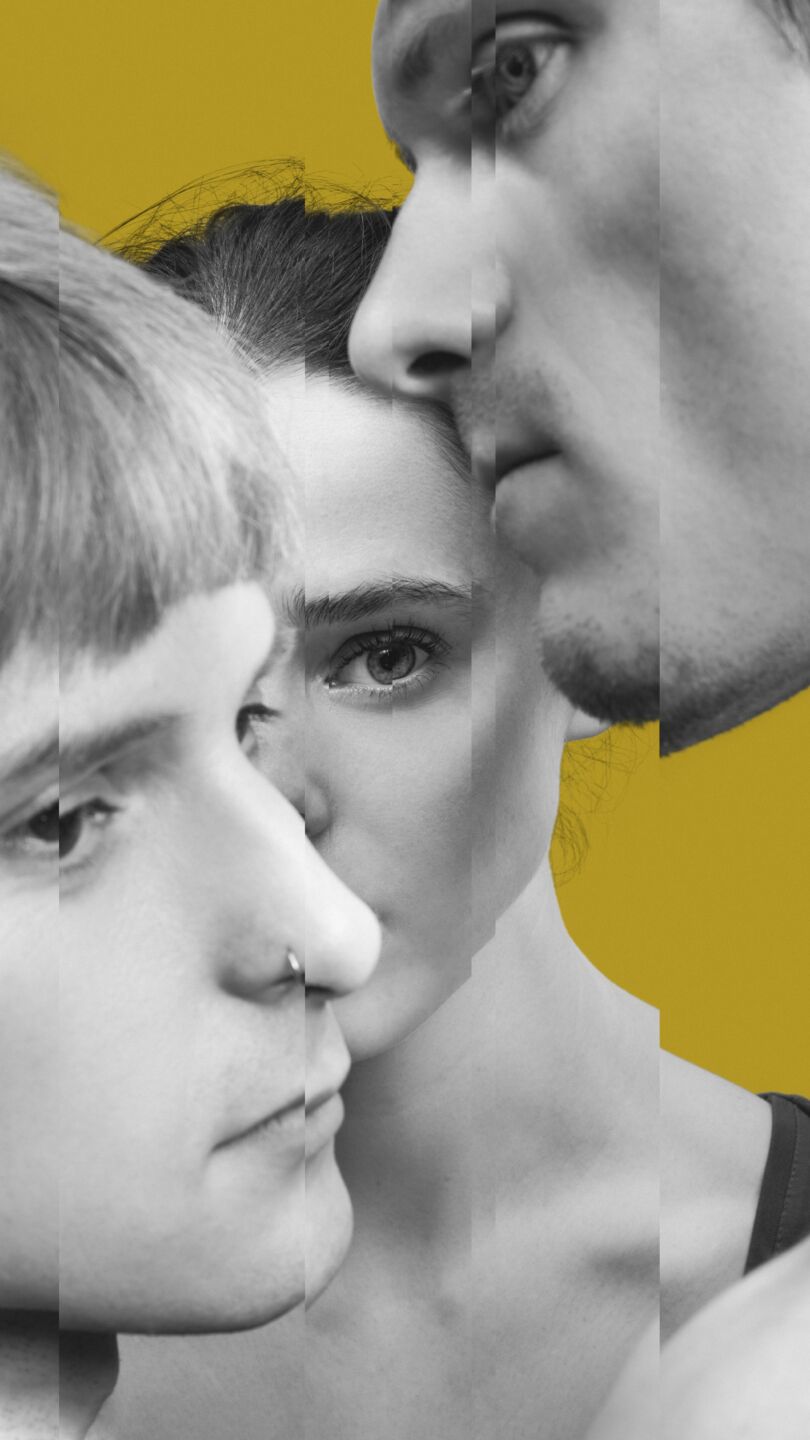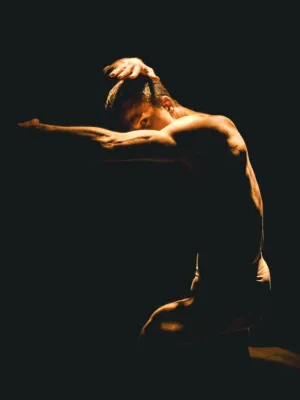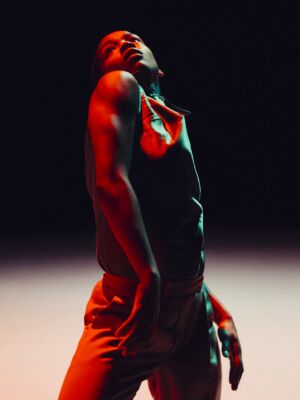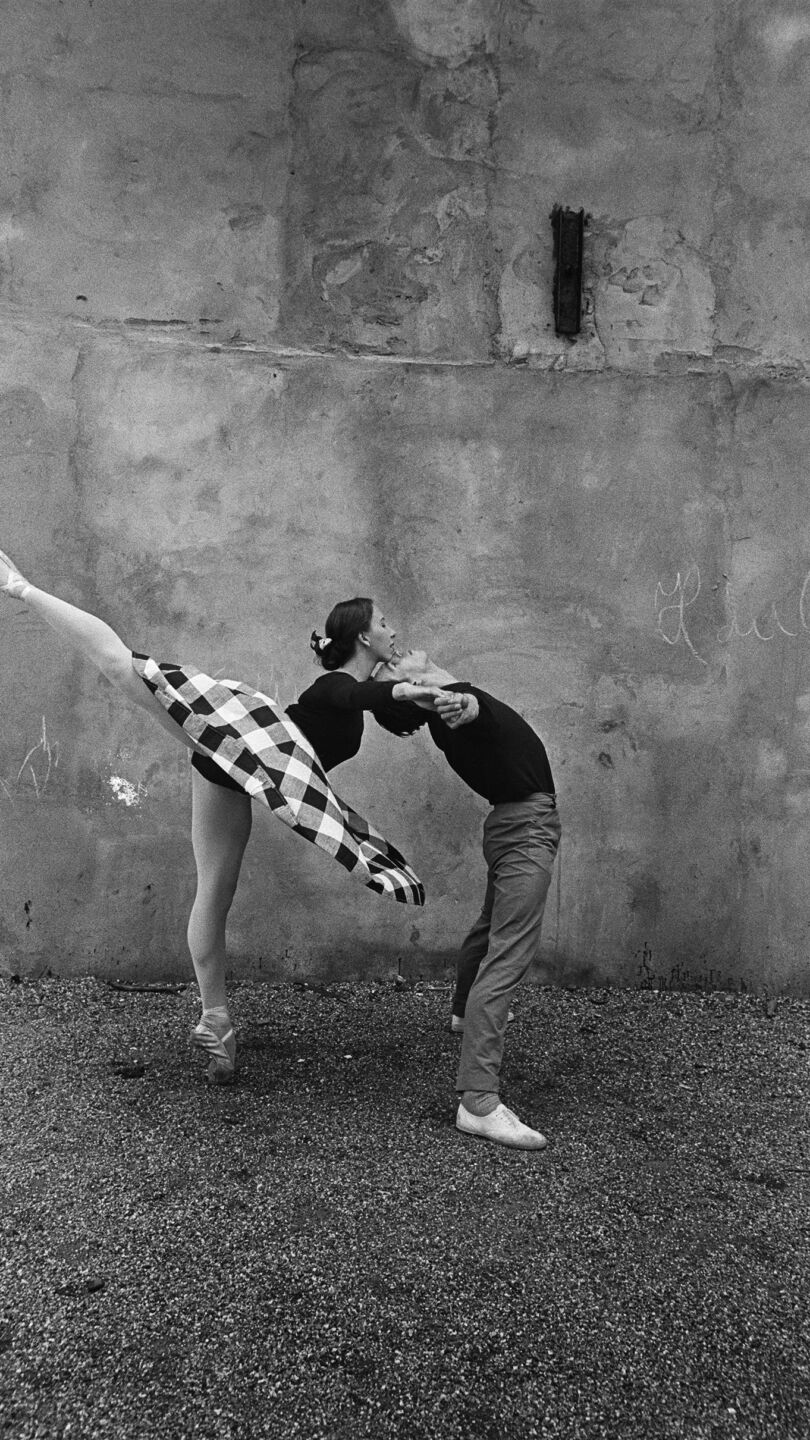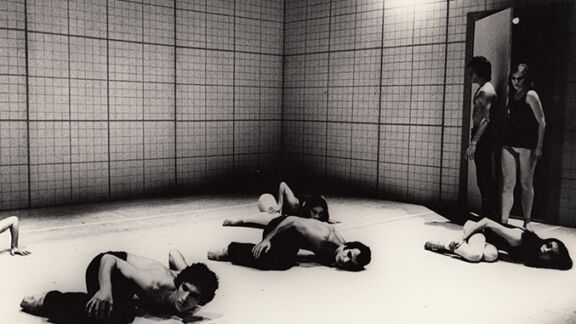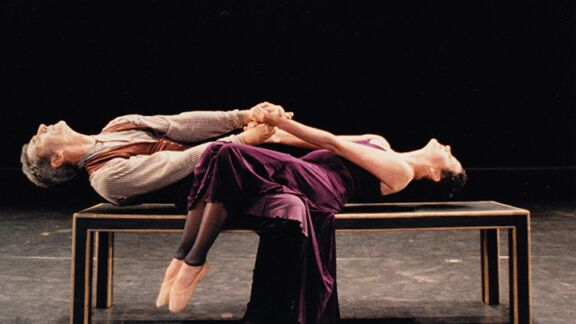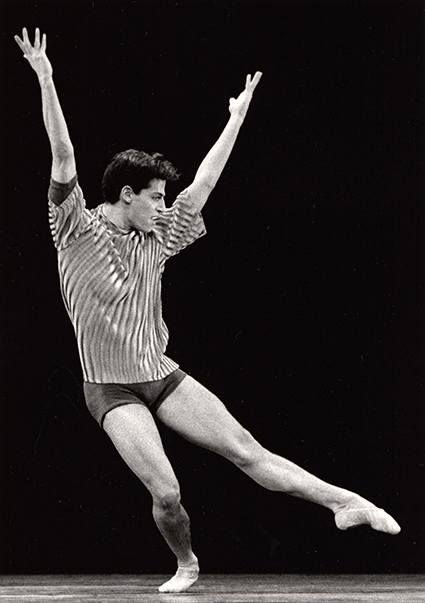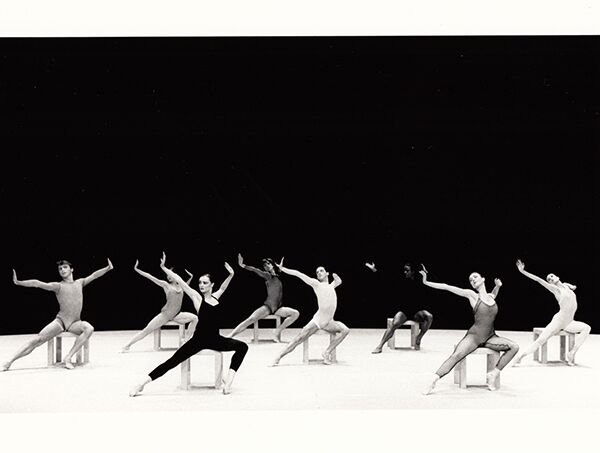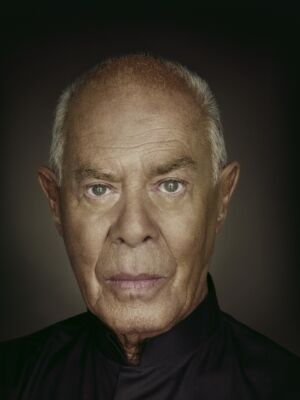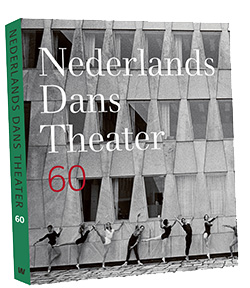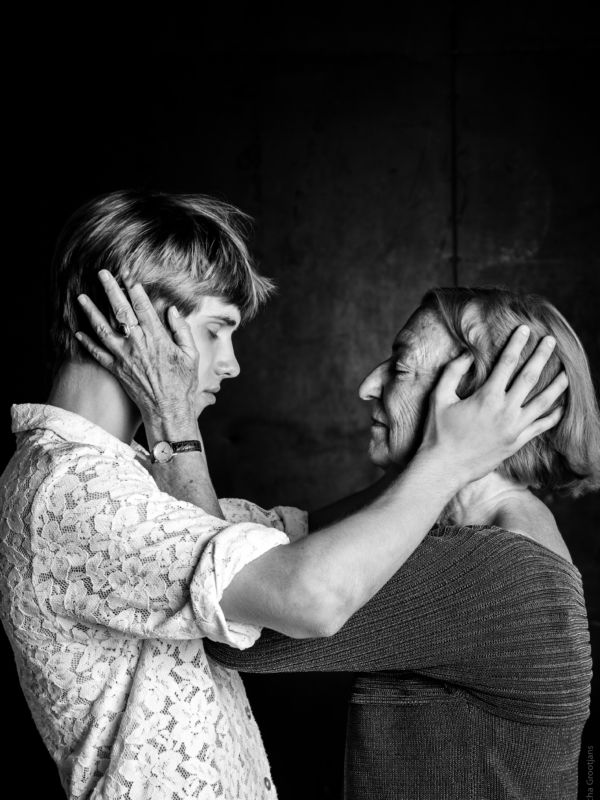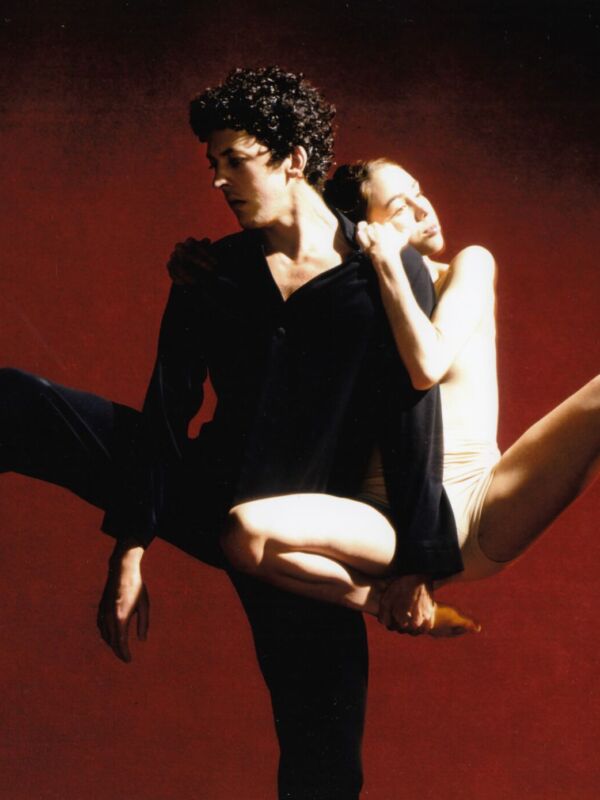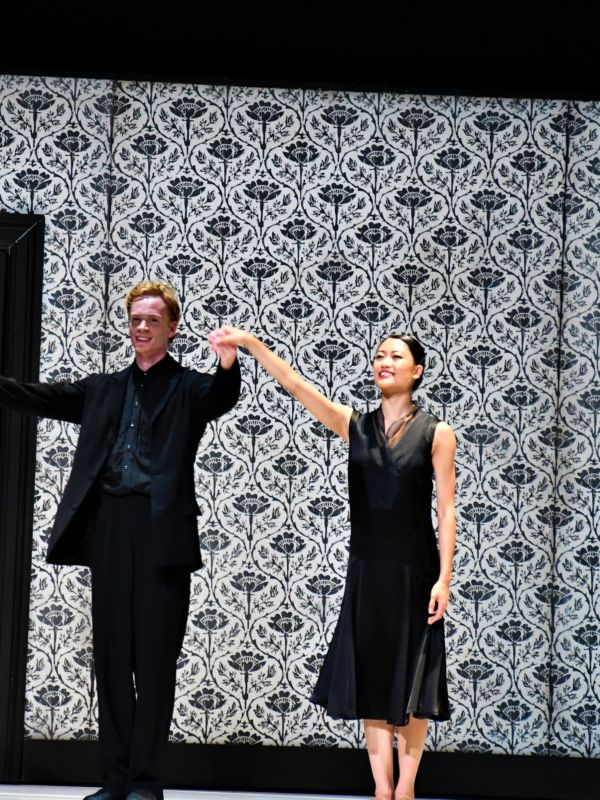by Hans van Manen, choreographer & former artistic director
choreography: feestgericht by hans van manen
photo: ed van der elsken
written by: astrid van leeuwen
The first programme of NDT, premiering in 1959 in Ostende, presented two pieces by Hans van Manen: a piece created for Marianne Hilarides and Jaap Flier, Maan in de Trapeze, and Van Manen choreographical debut Feestgericht (photo), created in 1957 for the Ballet of the Dutch Opera. “The whole programme had to be rehearsed in secret, because the Nederlands Ballet was not allowed to know about our coup,” says Van Manen. He misses out on the big success of the first performance, as he already left for Paris. Here he joins Roland Petit’s Les Ballets de Paris and dances with superstars as the flamboyant Zizi Jeanmaire and Hollywood star Cyd Charisse. At Petit he also meets his later muse Gérard Lemaître. Together they leave for the Netherlands a year later – “in Paris there was nothing left to experience in the field of dance” – and join Nederlands Dans Theater. After six months Van Manen is appointed artistic director, next to Benjamin Harkarvy, a position he would hold for over ten years.
